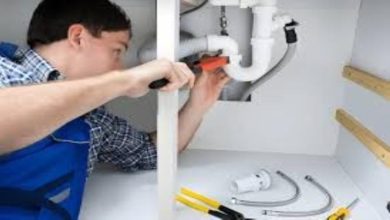Cleanroom Testing Procedures for High Precision Electronics Production

Producing high precision electronics requires extreme care. Even the tiniest particle or contamination can ruin a sensitive component. Cleanrooms provide a controlled environment to minimize these risks. They are engineered to maintain strict levels of air purity, temperature, and humidity. Every procedure performed inside a cleanroom must follow meticulous standards. Understanding cleanroom testing procedures is vital for ensuring the quality and reliability of electronic devices.
Understanding Cleanroom Environments
A cleanroom is a specialized workspace designed to limit contamination. Airborne particles, dust, and microbes are kept at controlled levels. The environment is monitored for temperature, humidity, and air pressure. Staff wear protective garments to reduce human-introduced contamination. The cleanliness of these rooms is crucial, as even minor deviations can compromise high precision electronics.
Cleanroom Testing Standards and Protocols
Cleanroom testing refers to the systematic procedures used to ensure the environment meets industry standards. ISO 14644 classifications define the acceptable levels of particles in the air. Regular testing ensures these standards are maintained. From air sampling to surface particle counts, every aspect of the cleanroom is carefully inspected. The cleanroom testing is not optional—it is a critical component of quality control.
Airflow and Filtration Assessment
Proper airflow is essential in a cleanroom. Laminar flow systems push filtered air in a controlled pattern, removing contaminants efficiently. HEPA and ULPA filters trap microscopic particles that could damage electronics. Testing procedures evaluate both airflow patterns and filter performance. Cleanroom testing in this context ensures that contaminants are effectively minimized before they reach sensitive components.
Surface and Equipment Monitoring
Surfaces and tools can harbor particles even in the cleanest environments. Regular surface sampling and swab tests detect contamination on workbenches and equipment. Electronic devices are highly sensitive, so even trace particles can cause failure. Cleanroom testing in surface monitoring identifies problem areas and ensures corrective measures are taken immediately.
Personnel and Operational Practices
Humans are one of the largest sources of contamination in cleanrooms. Specialized garments, gloves, and masks reduce particle shedding. Staff follow strict entry and exit procedures, including air showers and gowning protocols. Cleanroom testing also includes evaluating how personnel activities impact contamination levels. Maintaining these operational practices is essential to uphold the integrity of high precision electronics production.
Data Logging and Continuous Improvement
Recording and analyzing cleanroom testing results is essential. Trends in particle counts, filter efficiency, and surface contamination are reviewed regularly. Data-driven adjustments help improve procedures and reduce risk. Continuous monitoring ensures that any deviation is detected promptly. Testing procedures evaluate both airflow patterns and filter performance. Cleanroom testing results form the foundation for ongoing improvement and operational excellence.
Conclusion
High precision electronics demand the highest standards of cleanliness. Cleanroom testing is an indispensable part of achieving this. From monitoring airflow to evaluating personnel practices, every aspect of the environment is carefully controlled. By following rigorous procedures, manufacturers can ensure their components are free from contamination. In the world of electronics, even the smallest particle matters, and cleanroom testing guarantees products meet the precision required.



